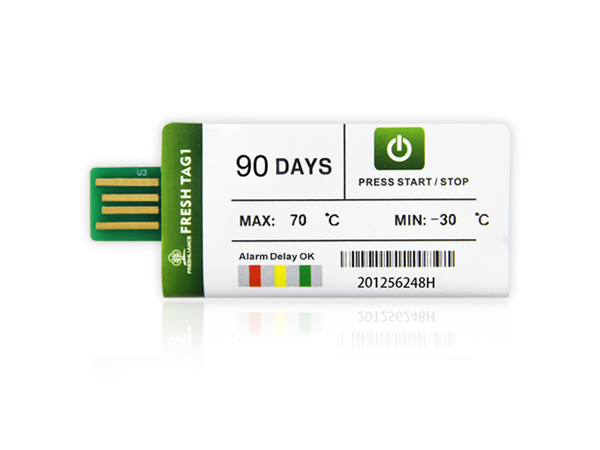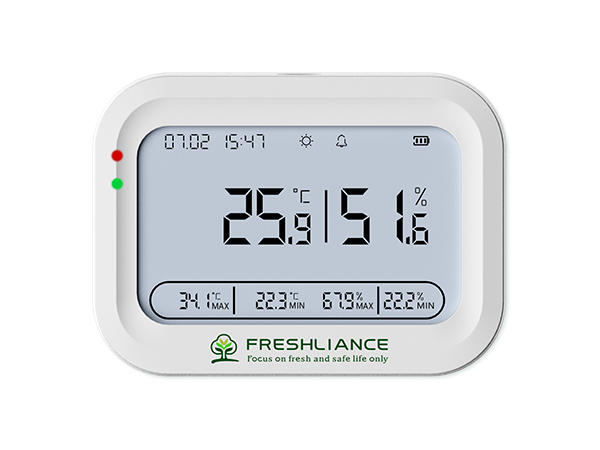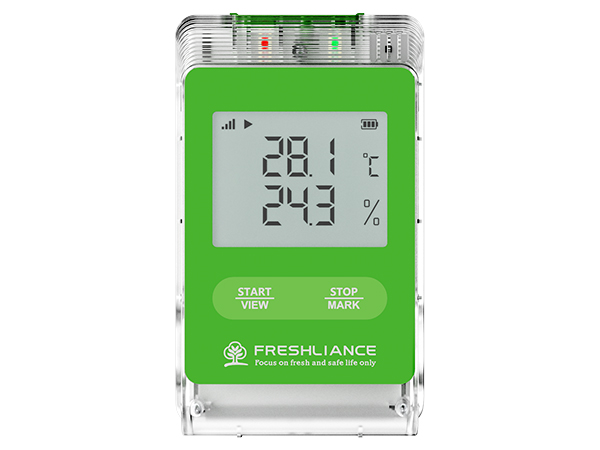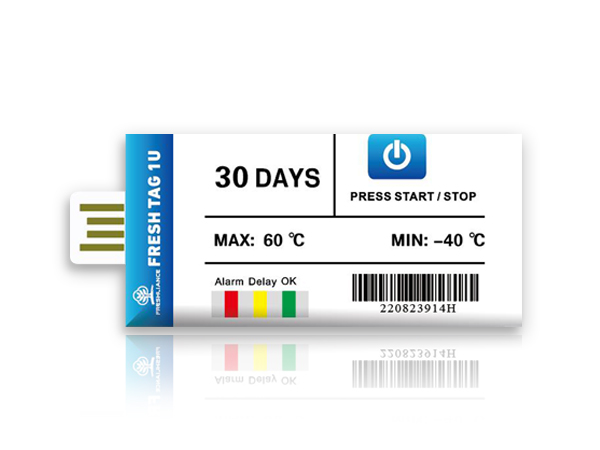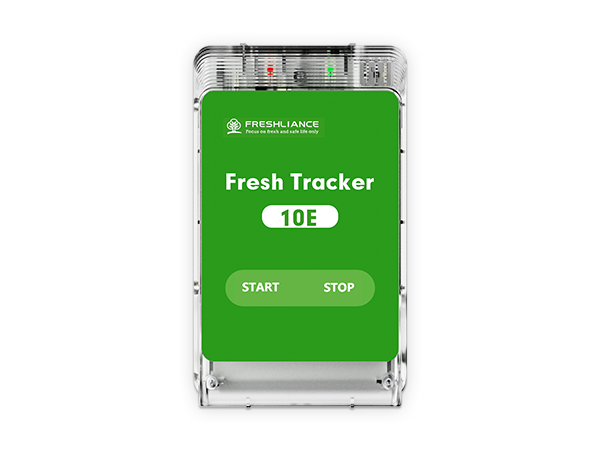Maintaining the cold chain is always essential when transporting products. But it can be particularly important when transporting herbs.
Herbs are highly perishable products with a very short shelf-life. How the cold chain is managed has a direct impact on the quality and shelf life of herbs.
To best preserve herbs, the system is set up to eliminate moisture or "transpiration" from the herbs once harvested. The herbs enter the cooling system, then the temperature is lowered, along with atmospheric pressure. At this point, the water surrounding the herb evaporates and the temperature drops from 10-15 degrees Celsius to 1-3 degrees, putting the herbs to sleep. This increases shelf life. At the same time, a temperature recorder helps you to monitor the temperature when storing herbs.

Herb characteristics
Some herbs are delicate to preserve. Basil, for example.
Basil is a completely different organism in that it doesn't like the cold. If you go below 7 degrees, it can burn. The ideal temperature for basil is between 10 and 13 degrees. Sometimes it can even rise to 16 degrees without starting to "sweat". This is a real headache for its cold chain, as it's the most widely consumed herb, but also the most delicate and difficult to manage.
Chives, for their part, are the most delicate of all herbs, as they contain no intact leaves or stems. As soon as the temperature rises above 4-5 degrees, it turns yellow and mushy.

Managing fluctuations
This is largely due to the temperature fluctuations that herbs can experience during their journey. Herbs are often transported by air, and although cargo planes have a good temperature during the journey, the handling and movement of herbs from a cold room to an airstrip, then their arrival... All these temperature changes greatly affect the products.
A temperature recorder is therefore an ideal choice for monitoring temperature change during the herbs' journey. This ensures a detailed, unchanging record at the end of the journey.
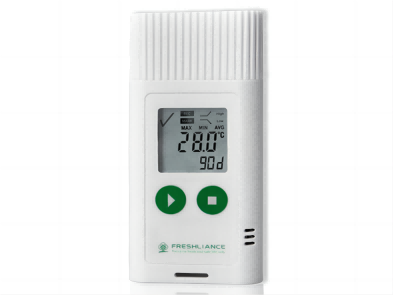
TagPlus-T is a reusable logger with LCD display for easy viewing of temperature data. In this device, parameters can be set by a professional user before use.
The complete travel history is recorded and downloaded in encrypted reports with summary data, graphs and tables. The report can be read directly from a target computer. Temporary mode allows the device to continue operating once users once users have generated and read the temporary report. This USB temperature sensor is an ideal choice for recording temperature changes in transit for sensitive products such as herbs.

 English
English Español
Español Русский
Русский Français
Français Deutsch
Deutsch عربي
عربي 中文
中文